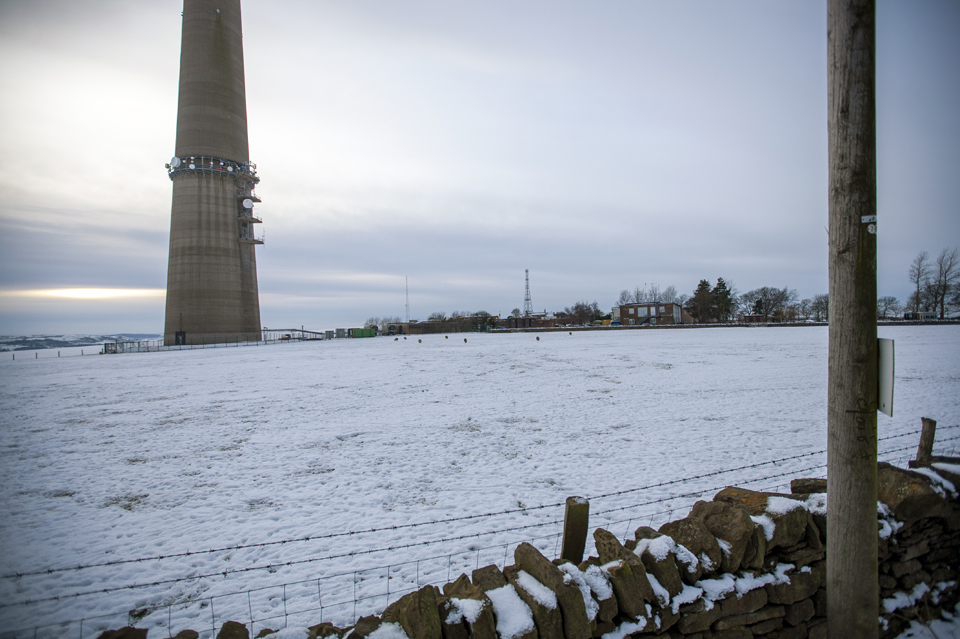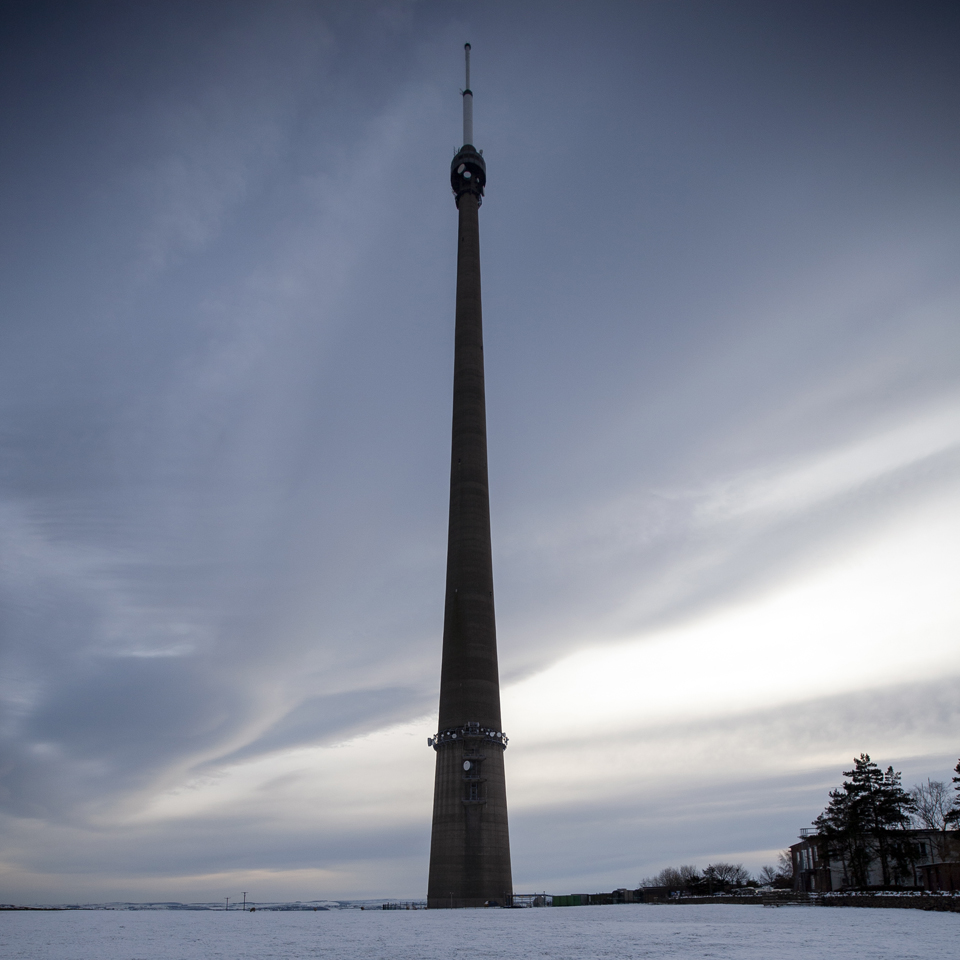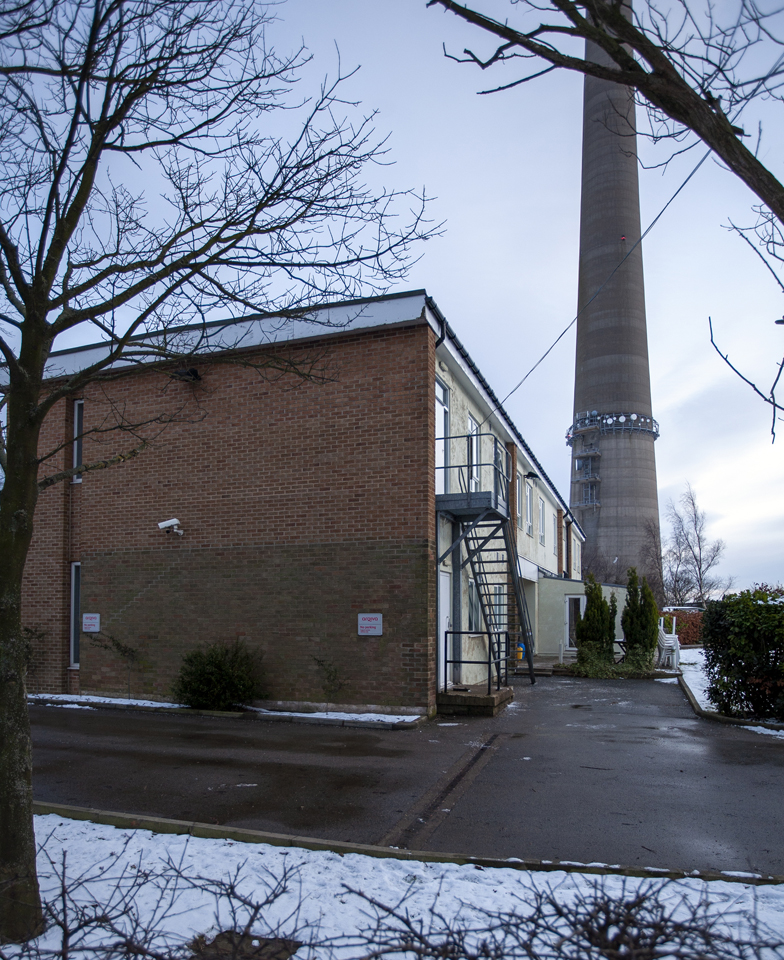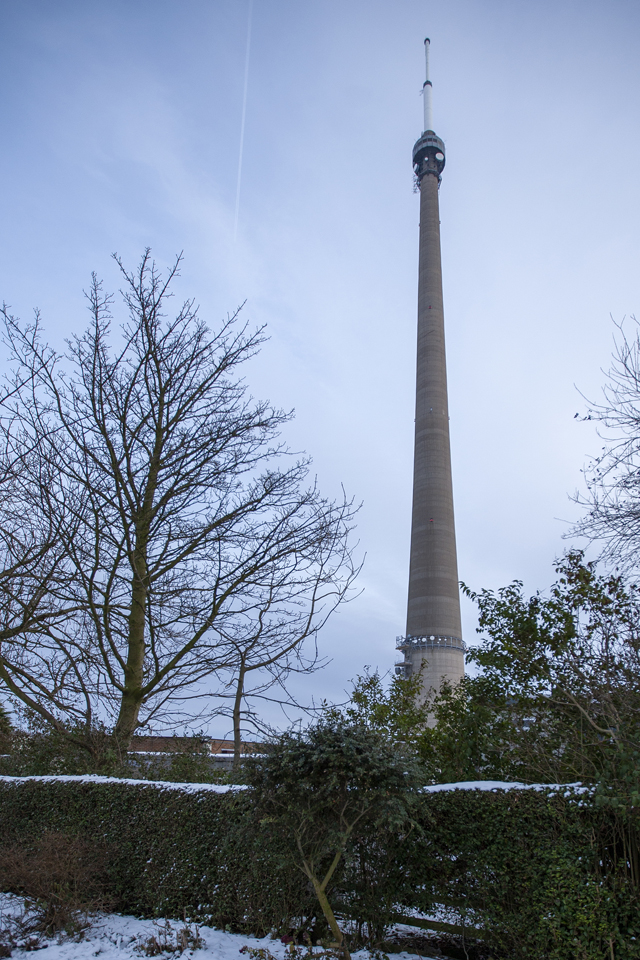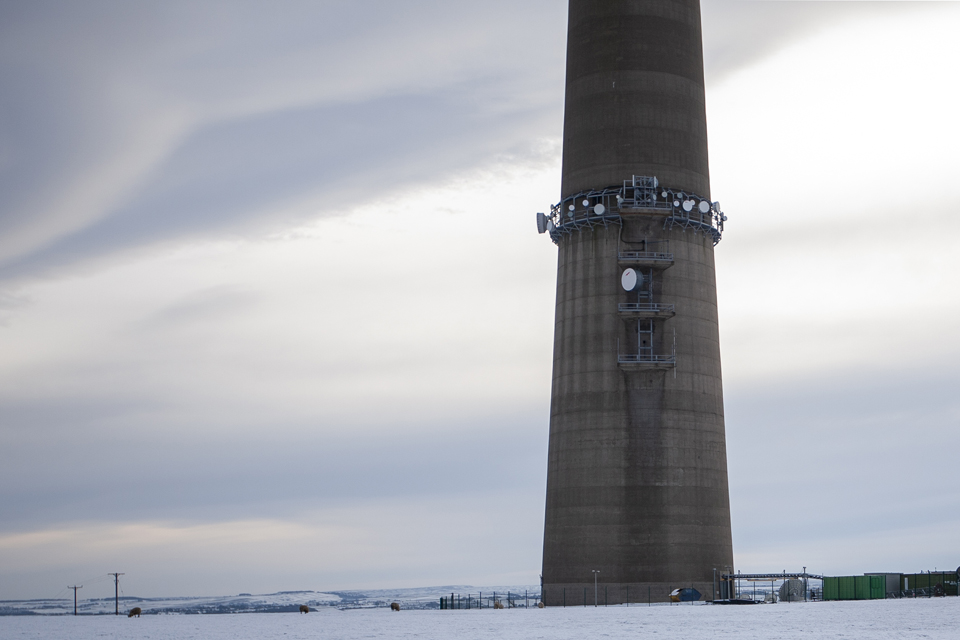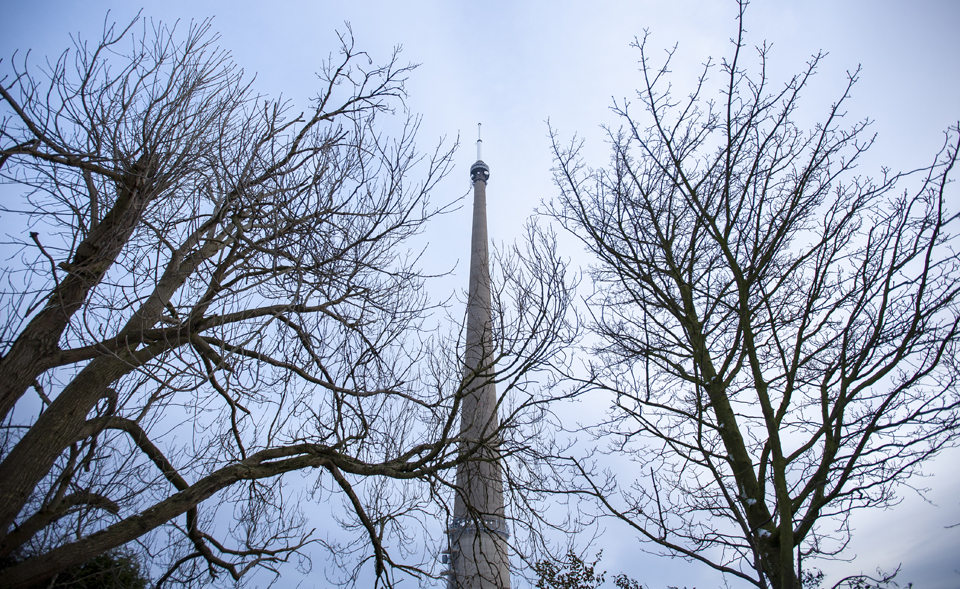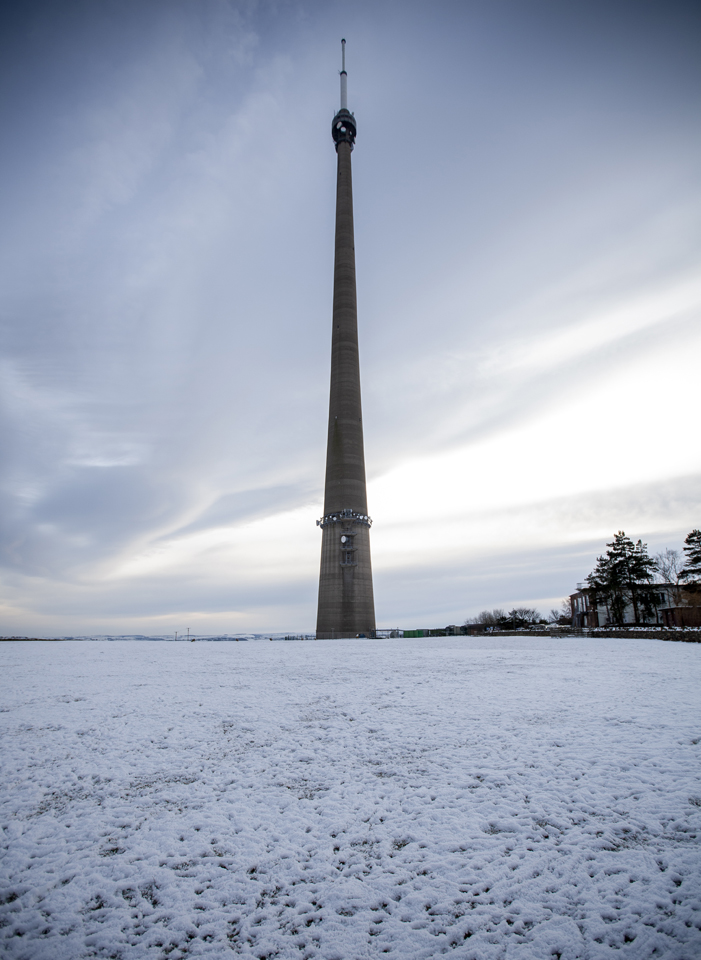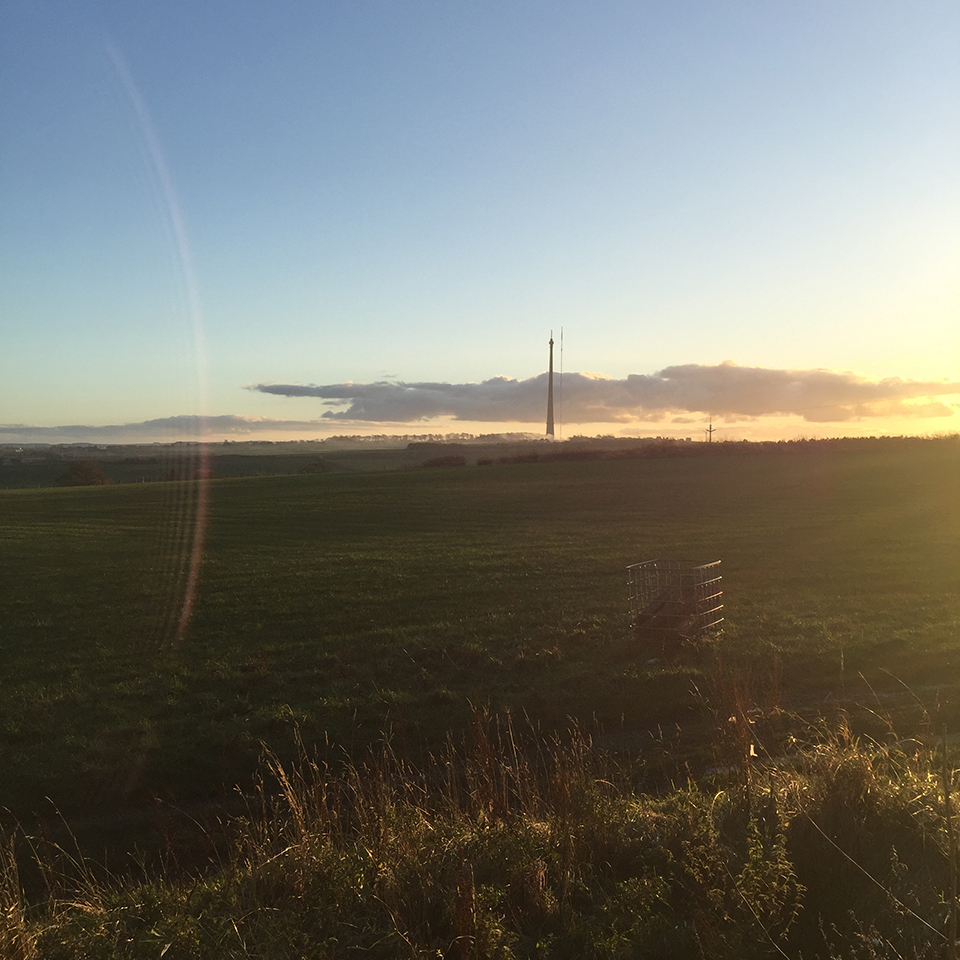Emley Moor Mast
1971
In the years after the Television Act of 1954 and the subsequent expansion of independent regional broadcasting a series of masts were built across the UK. The original mast at Emley Moor was a lattice tower and entered service in 1956. This was replaced in 1964 with a taller guyed mast made of tubular steel, a design similar to those at Winter Hill in Lancashire and Belmont in Lincolnshire. In 1969 it suffered catastrophic failure due to an increased dead load of ice and live load from high winds. It collapsed across farmers’ fields and a falling stay cable cut through the roof of a nearby church. Understandably, a replacement had to be designed and constructed with some speed. In order to compress these phases, a contractor with the requisite experience was quickly appointed and became an integral part of the design team, headed by Arup engineers André Bartak and Mike Shears. From an initial briefing in May 1969 to an on-site start in August the same year, the concrete structure was completed by September 1970 and operational by January 1971. Inside a concrete shell structure between 533mm and 350mm thick, a rectangular steel lattice framework forms a shaft for the maintenance lift and supports other functions including cable runs and telephone connections. The new tower was not built in the same location as the collapsed mast. As the original had fallen across roads, it was deemed necessary to site this one the same distance from the road as its height. Thus, the 330m tall tower – the largest freestanding structure in the UK – was built 330m away from the nearest road. The tower is made of two elements, the reinforced concrete shell is 274.32m tall and is surmounted by a steel aerial supporting mast of 56.08m. The shaft was cast in 2.3m sections using specialist equipment designed and developed by the contractor, Tileman & Co., for the construction of chimneys and a single set of steel shutters was used for the whole of the shaft. To mitigate against the climate in the time pressured project, the shuttering was insulated and the water used to mix the concrete was heated. The full height of the tower was cast in 122 lifts over 44 weeks. The full complement of aerials were operational by 21 April 1971. The tower was listed Grade II in 2003 and said to be a ‘building which combines perfect technical performance with architectural elegance in its supreme slenderness.’ [1]
[1] https://historicengland.org.uk/listing/the-list/list-entry/1350339
